Cape Breton Island
- tharry4
- Nov 7, 2024
- 3 min read
Discovering the Enchantment of Cape Breton Island on Canada’s Atlantic Coast
Cape Breton Island, known as Unama’ki, is a stunning blend of natural beauty and cultural heritage, captivating all who visit. Located on Canada’s Atlantic Coast, this island’s story is told through its rugged cliffs, winding trails, and the vibrant traditions of its people. From scenic drives along the famed Cabot Trail to the diverse ecosystems of Cape Breton Highlands National Park, there’s an enchantment to this place that’s hard to find elsewhere.
Exploring the Cabot Trail
The Cabot Trail is one of Cape Breton’s iconic experiences. This 298-kilometre route weaves along the coastline and through dense forests, connecting visitors to picturesque fishing villages, scenic lookouts, and breathtaking ocean views. As it winds through the Cape Breton Highlands, a subrange of the Appalachian Mountains, the trail offers striking sights where mountains rise from the sea, leading to dramatic overlooks and tranquil valleys.
In the northern part of the island, the Highlands plateau rises over 500 metres, with White Hill standing as the highest peak at 533 metres. This region is bordered by the Atlantic Ocean to the east, the Gulf of St. Lawrence to the west, and Bras d'Or Lake to the south, creating a scenic blend of land and water that is truly unforgettable.
Cape Breton Highlands National Park: Where Mountains Meet the Sea
At the heart of Cape Breton Island lies Cape Breton Highlands National Park, a vast 950-square-kilometre wilderness where mountains meet the sea. This unique landscape combines Acadian, Boreal, and Taiga habitats, creating a diverse ecosystem unlike any other in Canada. The park’s cool maritime climate supports an extraordinary mix of northern and southern plant and animal species, including rare Arctic-alpine plants—remnants of the last ice age—and other endangered species like the elusive Bicknell's thrush.
The park is home to numerous viewpoints along the Cabot Trail, where visitors can safely pull over to observe the stunning scenery and spot wildlife. With its old-growth forests, river canyons, rust-colored cliffs, and rich biodiversity, Cape Breton Highlands National Park is both a sanctuary for wildlife and a paradise for nature lovers.
A Place of Rich Cultural Heritage
Cape Breton is a land deeply connected to the Mi'kmaq people, who have lived here for thousands of years. Their culture and traditions are woven into the island’s landscape, language, and music. Five First Nations communities—We'koqma'q, Wagmatcook, Membertou, Eskasoni, and Chapel Island—reside on the island, along with the Acadia First Nation on the mainland. This vibrant culture is celebrated in everything from community gatherings to traditional dance and song, which bring the stories of Unama’ki to life.
A Must-Visit in Every Season
While Cape Breton Island is beautiful year-round, fall is a particularly magical time to visit. The park’s Acadian forests burst into shades of red, orange, and yellow, creating a colorful tapestry across the island’s rolling hills and dramatic cliffs. Whether hiking the Cabot Trail, admiring sweeping coastal vistas, or exploring the Highlands, Cape Breton shines in every season, but especially in autumn.
Environmental Highlights of Cape Breton Highlands National Park
The Scenic Cabot Trail: This looped roadway provides awe-inspiring views of Cape Breton’s coastline, valleys, and forests, with numerous trails branching off to waterfalls, lookouts, and secluded forest paths.
Mi'kmaq Heritage: The park lies within the Mi'kmaq’s traditional territory, and their deep connection to the land contributes to understanding and protecting the area’s unique ecosystems.
Rare Species: From Bicknell's thrush to moose, black bears, and bald eagles, Cape Breton Highlands is a haven for rare and diverse species that thrive in its cool, maritime climate.
Sensitive Ecosystems: The park’s Acadian, Boreal, and Taiga zones are delicate and vulnerable to climate change. Conservation efforts are in place to monitor and protect these areas, especially the Arctic-alpine plants that offer a glimpse into the island’s ancient past.
Rivers and Coastal Waters: The park’s rivers are crucial for Atlantic salmon, with conservation initiatives in place to protect these waterways and promote healthy fish migration.
Spectacular Fall Foliage: The park’s forests put on a vibrant display in autumn, drawing visitors eager to experience the Highlands’ natural beauty at its peak.
Cape Breton Island, with its stunning landscapes and rich cultural heritage, is a place where the beauty of nature and the resilience of tradition come together. Cape Breton Highlands National Park stands as a testament to Canada’s unique biodiversity, where scenic experiences are deeply intertwined with efforts to preserve the island’s ecological and cultural treasures.
































































































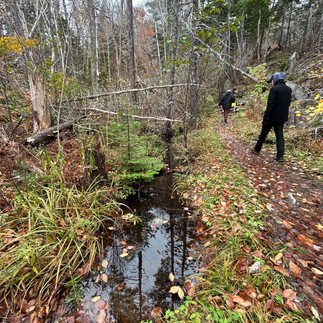









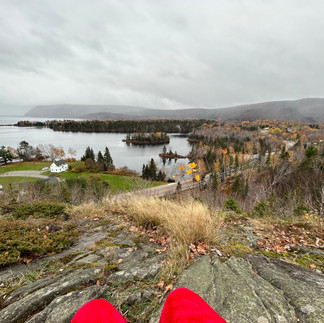



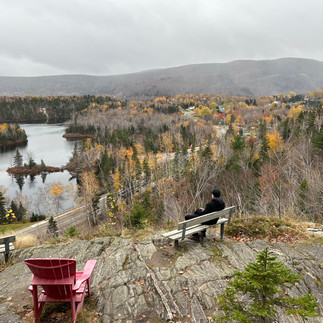





























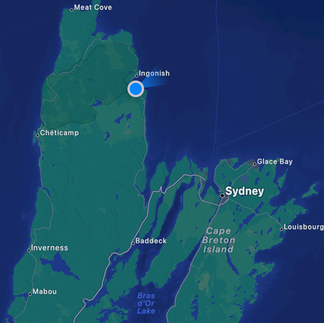

















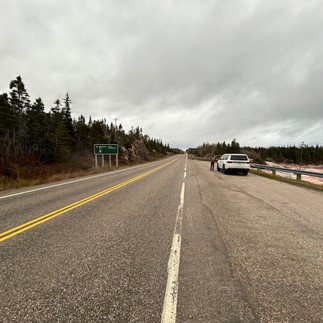





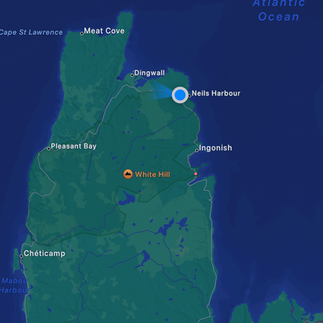





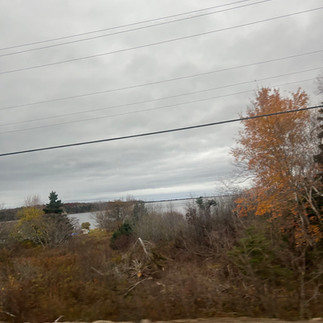



















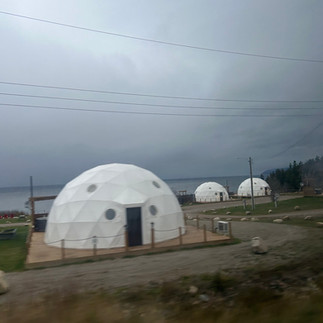




























Comments